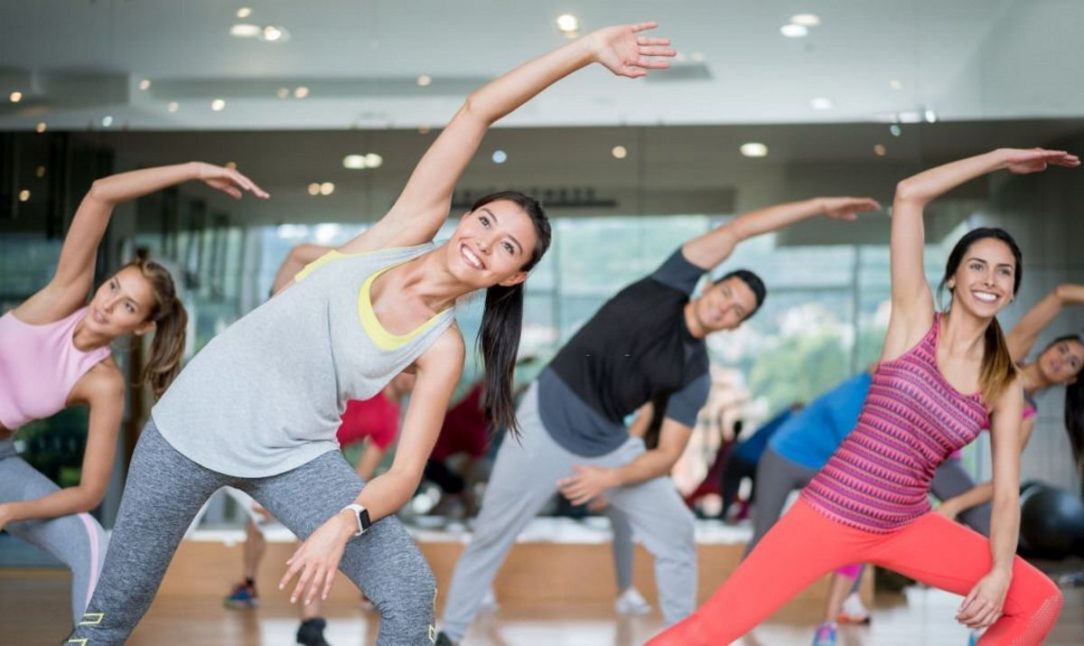One of the most common sleep apnea questions is whether exercise and losing weight can help cure sleep apnea. If you have obstructive sleep apnea (OSA), the weight of your neck can actually contribute to blocking your airway while you sleep.
While there is no one-size-fits-all answer to this question, it’s important to remember that exercise can help reduce symptoms of OSA in a variety of ways. In some cases, strenuous exercise can increase airflow through your airways and reduce the amount of oxygen that ends up blocking your breathing during sleep.
Furthermore, physical activity has been shown to improve overall sleep quality in people with OSA. This is because exercise increases levels of endorphins – hormones that promote a good night’s sleep – and decreases levels of cortisol – the stress hormone responsible for disrupting sleep.
There are many different exercises that can be used to treat OSA, so it’s important to find an activity that you enjoy and can stick with. There are also many different types of equipment available on the market that make exercising easier, such as home gym equipment or treadmill desks.
Studies Showing Effectiveness of Exercise for Sleep Apnea
A 2010 Chest study found that individuals who lost weight through treatments such as bariatric surgery experienced an improvement in their sleep quality, unrelated to their weight. This suggests that weight loss might be an essential piece of the treatment for obesity and obstructive sleep apnea. Science has proven that losing as little as 10 percent of bodyweight can decrease your apnea-hypopnea index (AHI) by as much as 26 percent. By losing weight, your neck circumference may reduce, which may reduce the symptoms of sleep apnea.
A 2016 study titled The role of physical exercise in obstructive sleep apnea showed that physical exercise has multiple benefits beyond weight loss in OSA patients. Physiological adaptations due to physical exercise include increases in upper airway dilator muscle tone and in slow-wave sleep time; and decreases in fluid accumulation in the neck, systemic inflammatory response, and body weight. These benefits can improve the severity of the condition, daytime sleepiness, as well as sleep efficiency and maximum oxygen consumption.
Cardio For Obstructive Sleep Apnea

You know it’s good for your health, but you also know it’ll help you sleep better. But follow these tips and it won’t be quite as difficult:
- Set goals: It is easy to say, “Just have an exercise plan,” but if you don’t know what you want to achieve, it can be difficult to start. Start by thinking about what your goals are, and set realistic and manageable goals.
- Find something you like: Just because you are exercising more, doesn’t mean you can’t still have fun. Find something that you enjoy doing, and make sure that it challenges you (which means it will get your heart rate up).
- Get a partner: Having someone to exercise with can make things more fun and less like a chore. Plus, it will hold you accountable to exercise, which is a great motivator. • Invest in the right gear: It is so much easier to exercise if you feel good. Investing in good shoes that support your feet and clothing that doesn’t restrict your movement can make all the difference between getting out the door and staying in.
- Try a buddy system: Establish a mealtime ritual with a friend or family member. Plan to have lunch together or catch up at dinner at least 3 days a week. Studies show that people who eat with at least one other person consume fewer calories. • Don’t watch while you eat: The catchup session will be much easier if you eat at a table without distractions (i.e., no tv or screens). Over time this will help you cut down on the amount of food you eat, making achieving your weight loss goals that much easier.

